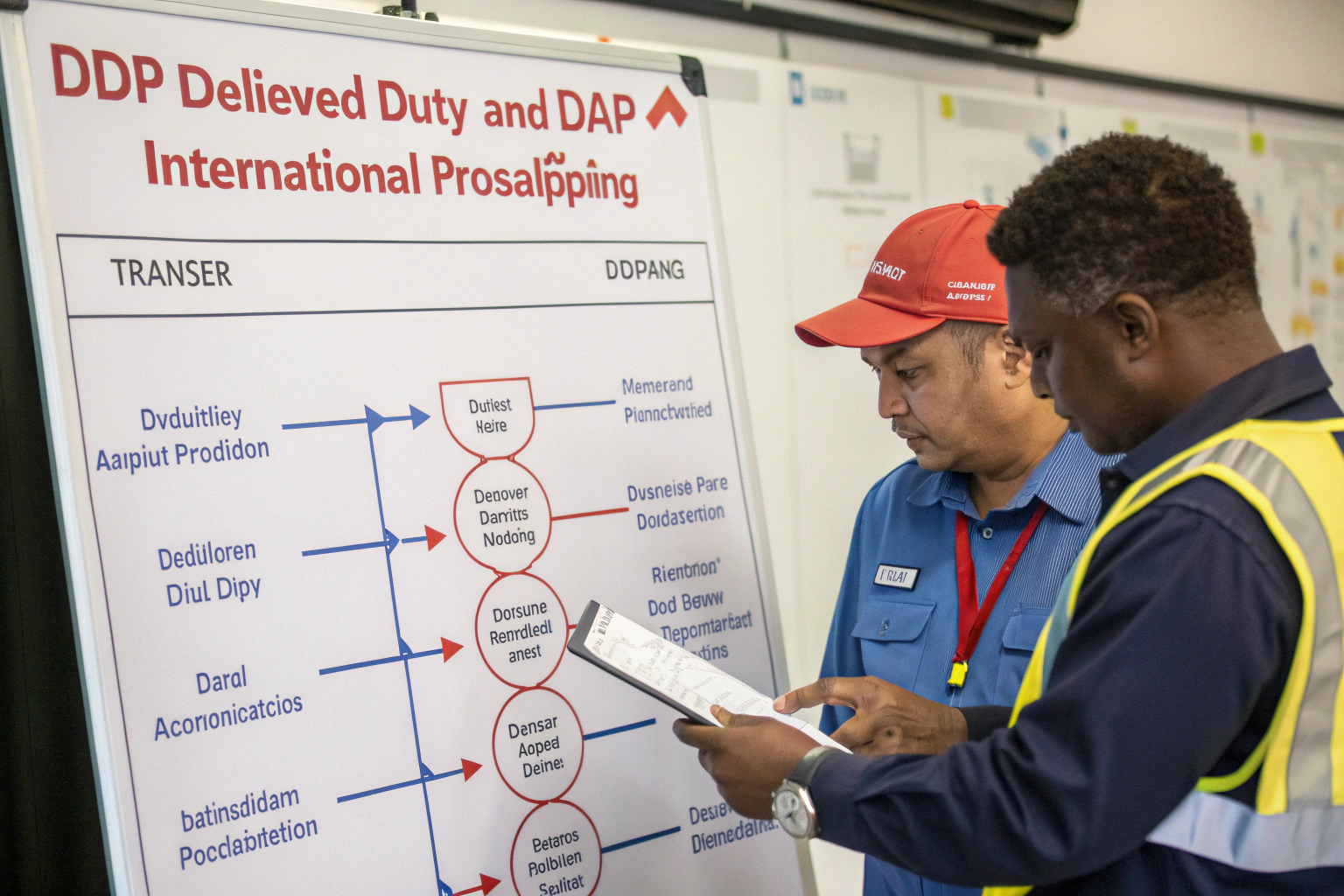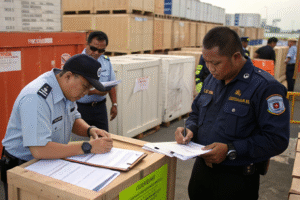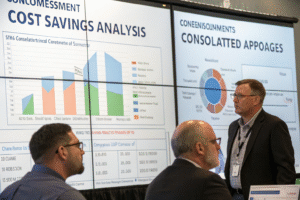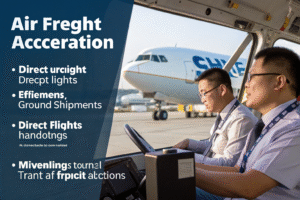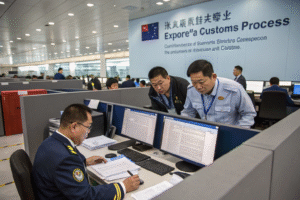Choosing the right Incoterm significantly impacts your costs, risks, and operational responsibilities in international trade. Many importers struggle to understand the practical differences between DDP (Delivered Duty Paid) and DAP (Delivered at Place), often selecting terms that don't align with their capabilities or business objectives. The distinction goes beyond simple cost allocation to fundamental risk management and operational control.
The fundamental difference is that DDP includes all costs and risks until goods are delivered to your specified location with import duties paid, while DAP delivers goods to your named place but leaves import duty payment and customs clearance responsibility with the buyer. DDP represents maximum seller responsibility; DAP represents a balanced division where buyers handle import formalities.
Let's examine the specific operational, financial, and risk implications of each Incoterm to determine which better serves your business needs.
Where does risk transfer occur in each Incoterm?
The point of risk transfer represents the most crucial operational difference between DDP and DAP. This distinction determines who bears responsibility if goods are damaged, lost, or delayed at various stages of the international journey.
Under DAP terms, the seller bears all risks until goods are made available to the buyer at the named destination place. This includes risks during international transportation, port handling, and final delivery to your specified location. However, the buyer assumes responsibility for unloading the goods at destination. Under DDP terms, the seller retains risk until goods are delivered, unloaded, and placed at your disposal at the named place. The risk transfer occurs only after complete delivery, including unloading at your facility.
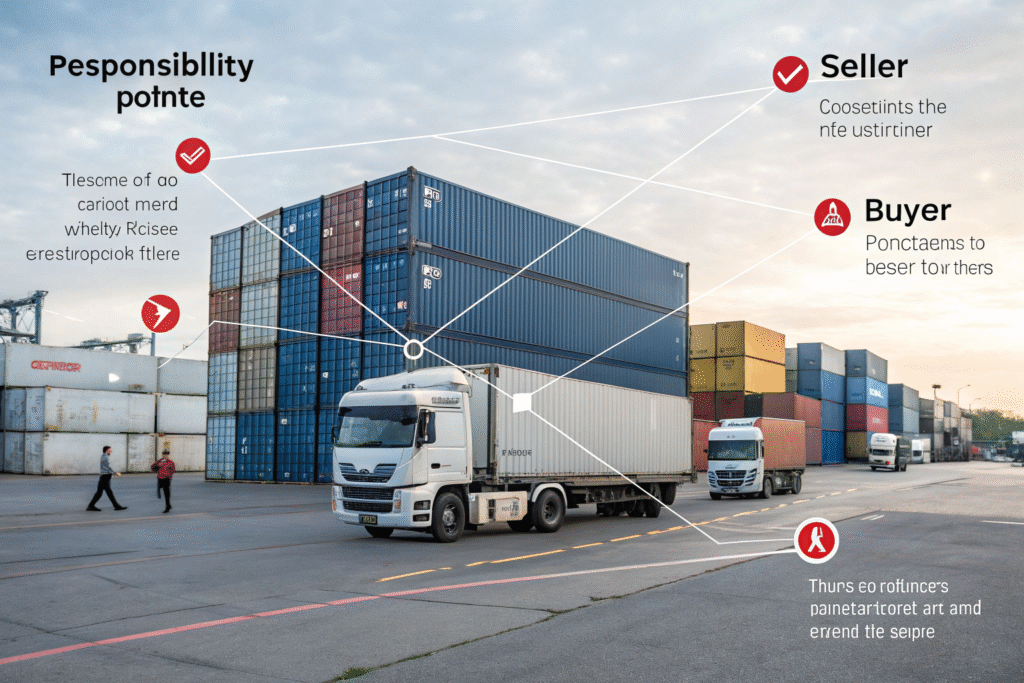
How does risk allocation differ during customs clearance?
Customs processes create distinct risk scenarios:
- DDP: Seller bears risk of customs delays, additional information requests, or examination-related damages
- DAP: Buyer assumes all customs-related risks including delays, penalties, or goods seizure
- DDP: Seller responsible for proper classification, valuation, and compliance
- DAP: Buyer handles compliance risks and consequences of errors
- DDP: Seller covers storage and demurrage during customs holds
- DAP: Buyer pays all charges during customs processing delays
This risk division significantly impacts your exposure to regulatory compliance issues.
What transportation risks differ between the terms?
Transportation risk variations include:
- DDP: Seller bears risk throughout entire journey including final unloading
- DAP: Seller risk ends when goods are ready for unloading at destination
- DDP: Seller handles all claims for transit damage or loss
- DAP: Buyer files claims for damage discovered after unloading
- DDP: Seller manages all carrier relationships and dispute resolution
- DAP: Buyer coordinates with carriers for destination issues
These distinctions affect how transportation problems get resolved.
How do cost responsibilities differ practically?
The cost allocation between DDP and DAP creates significantly different financial profiles for importers. Understanding the complete cost picture helps determine which approach provides better value for your specific situation.
DDP includes all costs from origin to final delivery: export packaging, origin terminal handling, international freight, insurance, destination port charges, customs duties and taxes, customs brokerage, and final delivery to your door. DAP includes all these same costs EXCEPT import duties, taxes, and formal customs clearance. This distinction means DDP provides completely predictable landed costs, while DAP leaves variable import costs with the buyer.
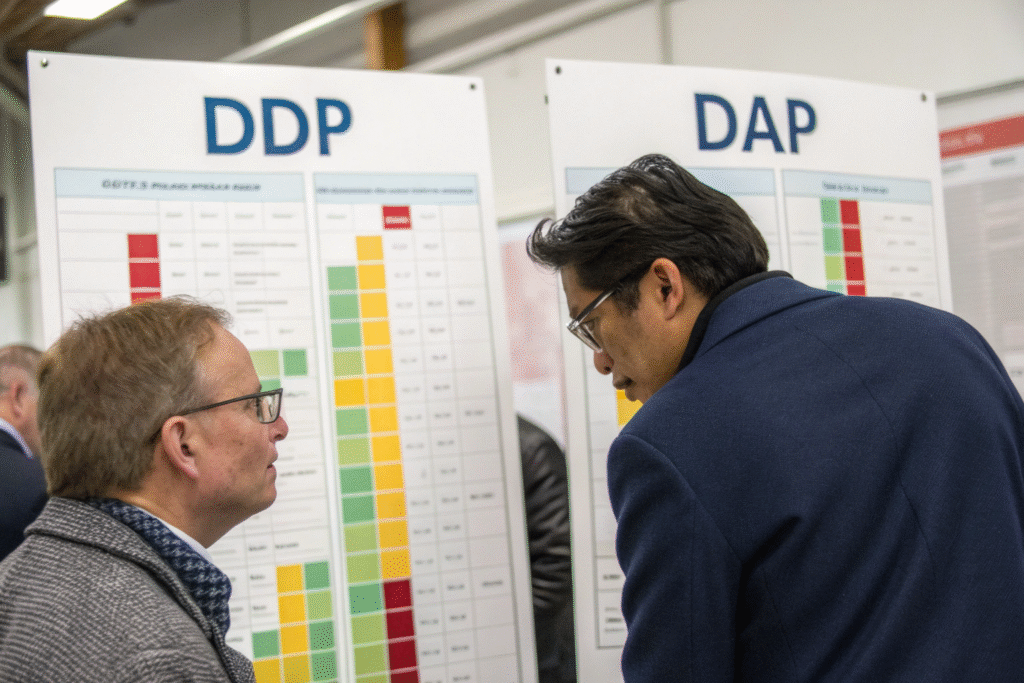
What cost elements are included in each Incoterm?
DDP encompasses all these costs:
- Origin charges: Export customs, documentation, and handling
- Main carriage: International freight and fuel surcharges
- Insurance: Cargo insurance throughout the journey
- Destination fees: Port charges, terminal handling, and local trucking
- Import costs: Duties, taxes, customs bonds, and brokerage
- Additional services: Unloading and placement at final destination
DAP excludes only the import duties, taxes, and formal customs clearance costs.
How does payment timing affect cash flow?
Cash flow implications differ significantly:
- DDP: Single payment to seller covering all costs, typically with order placement
- DAP: Partial payment to seller with additional payments for duties upon arrival
- DDP: Seller advances all funds including substantial duty payments
- DAP: Buyer pays duties directly to customs authorities
- DDP: Simplified accounting with one comprehensive invoice
- DAP: Multiple payments to different parties requiring more administration
These cash flow differences impact working capital requirements.
What operational responsibilities vary between the terms?
The operational burden differs substantially between DDP and DAP, affecting how much internal resources you must dedicate to logistics management. This operational impact often outweighs pure cost considerations for many businesses.
Under DAP terms, the buyer must arrange for customs clearance, duty payment, and coordination with customs brokers. The buyer also handles communication with local truckers for final delivery scheduling and manages any issues that arise during the import process. Under DDP terms, the seller (or their agent) manages all these operations, providing the buyer with a simplified process where they essentially receive domestic delivery of internationally shipped goods.
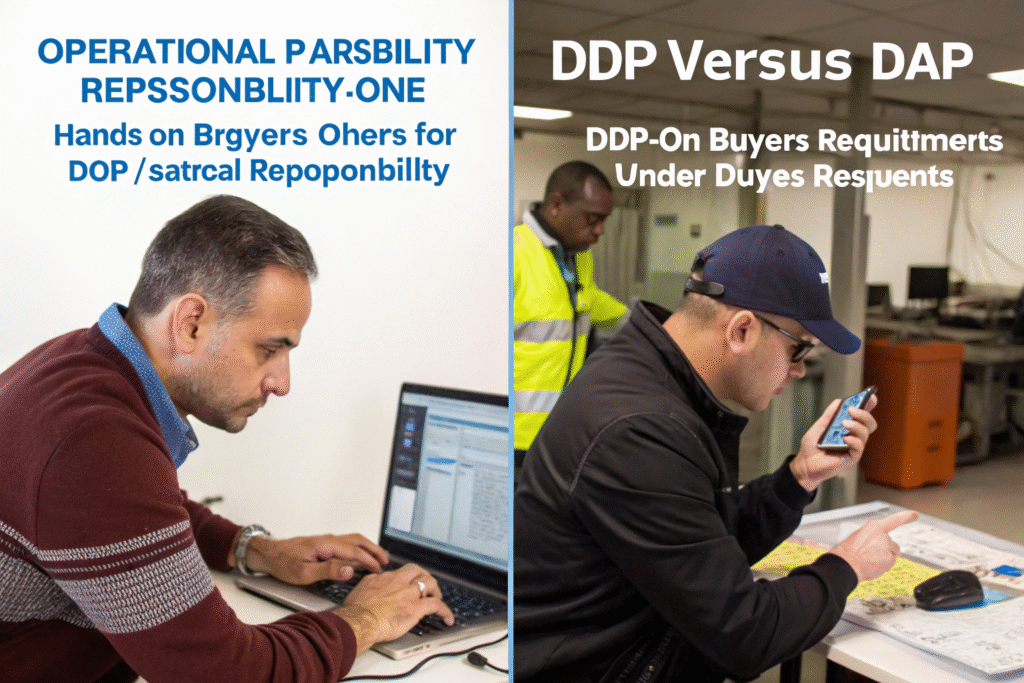
How does customs clearance responsibility differ?
Operational distinctions in customs processes:
- DDP: Seller's customs broker handles all filings and communications
- DAP: Buyer must engage and manage their own customs broker
- DDP: Seller provides all required documentation to authorities
- DAP: Buyer must supply additional documents if requested
- DDP: Seller responds to customs inquiries and information requests
- DAP: Buyer directly interfaces with customs officials when needed
This operational division significantly impacts your staffing and expertise requirements.
What communication responsibilities vary?
Communication patterns differ substantially:
- DDP: Single point of contact with seller for all logistics issues
- DAP: Multiple contacts with seller, forwarder, customs broker, and truckers
- DDP: Seller coordinates between all parties in the supply chain
- DAP: Buyer acts as central coordinator between different service providers
- DDP: Simplified issue resolution through one responsible party
- DAP: Buyer mediates between parties when problems occur
These communication differences affect management time and complexity.
When should you choose DDP over DAP?
Selecting between DDP and DAP depends on your business capabilities, risk tolerance, and strategic priorities. Each approach serves different business models and organizational strengths.
DDP typically works better for businesses that lack import expertise, want predictable total costs, have limited logistics staff, value operational simplicity, or import complex regulated products. DAP generally suits businesses with established import departments, want control over customs processes, seek to minimize initial costs, have customs expertise in-house, or import straightforward commodities with predictable duty rates.
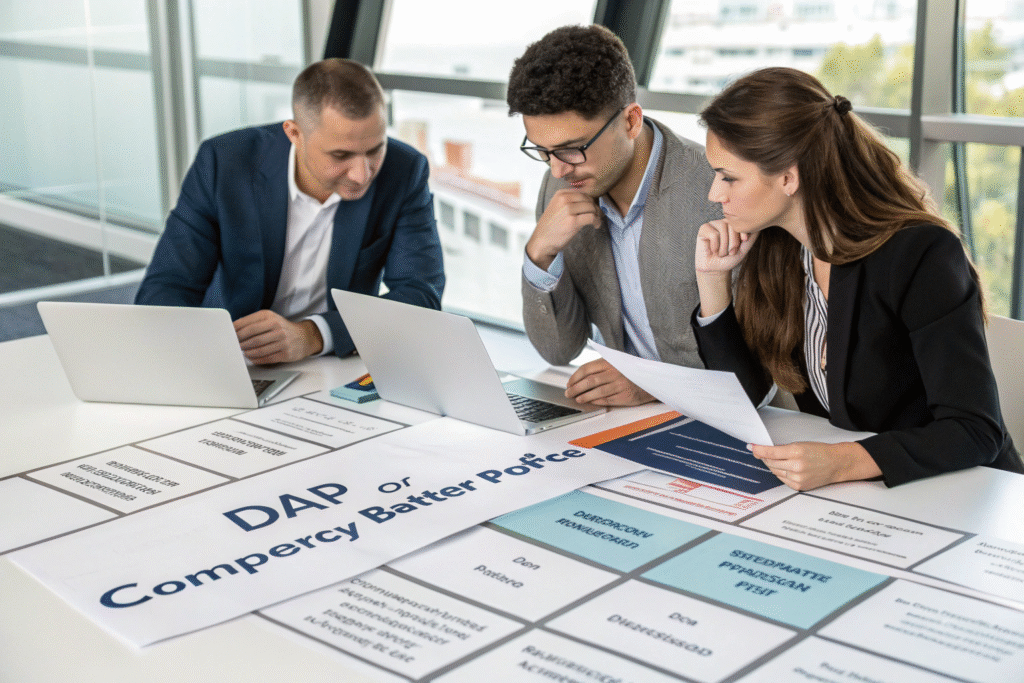
What business models benefit most from DDP?
DDP delivers exceptional value for:
- E-commerce businesses needing predictable landed costs for pricing
- Small to medium enterprises without dedicated logistics teams
- First-time importers lacking customs experience
- Companies with complex products requiring expert compliance management
- Businesses prioritizing simplicity over absolute lowest cost
For these organizations, the operational simplicity justifies any cost premium.
When does DAP provide better value?
DAP offers advantages for:
- Large enterprises with established import departments
- Frequent importers with customs expertise and relationships
- Businesses seeking maximum cost control and transparency
- Companies importing straightforward products with stable duty rates
- Organizations with existing customs broker relationships
These businesses can leverage their capabilities to reduce costs through DAP.
Conclusion
The choice between DDP and DAP represents a fundamental decision about how much control, risk, and operational responsibility you want to assume in your international shipments. DDP offers simplicity and predictability by transferring nearly all responsibilities to the seller, while DAP provides cost control and flexibility by maintaining buyer control over the critical import process. The optimal choice depends on your specific capabilities, resources, and business priorities. Successful companies often use both terms strategically—applying DDP for new product categories or complex compliance situations while using DAP for established import programs where they can leverage their expertise and relationships to reduce costs. Understanding these practical differences enables smarter Incoterms selection aligned with your business strategy.
